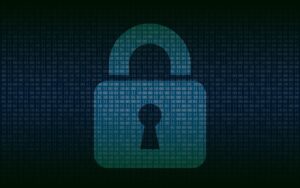
What is Ransomware?
Ransomware is a type of malware that encrypts data on a computer or network into an unreadable format until a sum of money, or ransom, is paid.
How does Ransomware Work?
When run, ransomware will scan the file storage disk for files to encrypt – typically documents, spreadsheets, etc. The files are encrypted with a key that only the attackers know, thus preventing your access to the files. Then, threat actors hold you files hostage, demanding a ransom to be paid for you to get your access back.
How do Hackers Sneak into an Environment?
Hackers are stealthy and can sneak in using many different approaches. Here are a few of the most popular ways that hackers gain access:
Ransomware Prevention
Ransomware Detection
Prevention is only part of the puzzle. Some attacks are virtually impossible to prevent. It all comes down to fast detection and response times, which help you combat tomorrow’s threats that may not be detectable today.
The most efficient way to detect ransomware is to leverage the tools in your security stay.
Secure your business with a cybersecurity platform that secure your business and detects hackers. To protect our managed clients, we deploy a suite of cybersecurity tools that are backed by a 24/7 Threat Operations Center that worked to protect your assets and evict malicious actors.
Reach out to Databranch today at 716-373-4467 x115 or [email protected] to learn more.
comments powered by Disqus